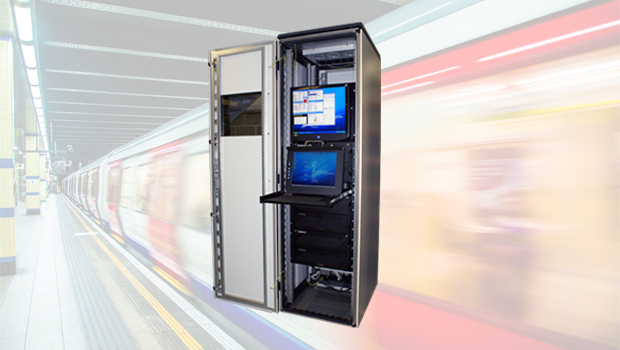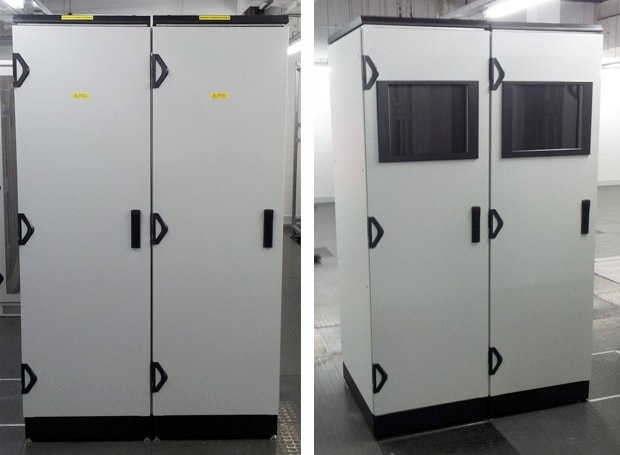How to digitise the rail industry while protecting LOCs and trackside cabinets
Digitisation is initiating rapid changes in the modern railway IT infrastructure
As the railway industry expands and passenger numbers skyrocket, the question that has to be asked is: How do you ensure the industry keeps pace with a fast-moving, tech-savvy population?
The development of Crossrail and HS2, as well as electrification plans, mean that rail networks will look and feel very different in the next ten to 20 years. This also includes digitisation, with The Digital Railway project aiming to move from 19th to 21st century signalling technology over the existing 20,000 miles of track in the UK. Add to that passenger connectivity like Wifi and mobile phone connections. This all presents challenges, but with challenges, come opportunities.
It’s one thing to modernise an entire industry, but to do so while delivering protection in what are often field-based applications, is another. In terms of trackside cabinets and LOCs, factors such as compliance, safety requirements, restriction from legacy systems, longevity of supply and operating life have to be taken into account. This is further complicated by environmental considerations including shock and vibration, selecting the right IP-rating for trackside cabinets and changes in programme scope. To say it’s difficult to address and balance all these issues while still delivering a solution optimised for performance, longevity and cost-efficiency would be something of an understatement.

How do you protect your rail trackside infrastructure while equipping it for the demands of the future? We’ve got a couple of tips
Applications like intelligent infrastructure, remotely-manageable public information, interactive street furniture, rail security, distributed surveillance, and signalling/signage have proliferated in recent years. And with this has come an ever-increasing need to position, house and protect computing equipment in the field. Often equipment is housed in inhospitable or hard-to-reach places, making reliability crucial to the long-term success of rail programmes. The processing of signals and data for these applications follows that of standard computing architecture in some instances, but in others does not. However, the overriding need to keep similar electrical circuits and components protected and cooled to their required operational levels always remains.

Opt for reliability over short-term cost savings
The value of strategic partnerships with suppliers that understand the detailed needs of your application are critical to getting trackside cabinets and LOCs to market and to exact specification. Only then will your solution deliver the reliability and performance you need over its required operational life. At face value, offerings can look attractive and there will be a constant temptation to engage based on lowest cost offered. However, experience has shown all that glitters is not always gold. It is essential that companies who require sustainable and reliable business take a deeper look and ask difficult questions. Get to the nitty gritty and determine whether suppliers and partners truly understand your needs and have the capability and capacity to deliver the protection needed, on time, to budget and at the lowest total cost of ownership.
To find out more, visit our computer rack integration page.

